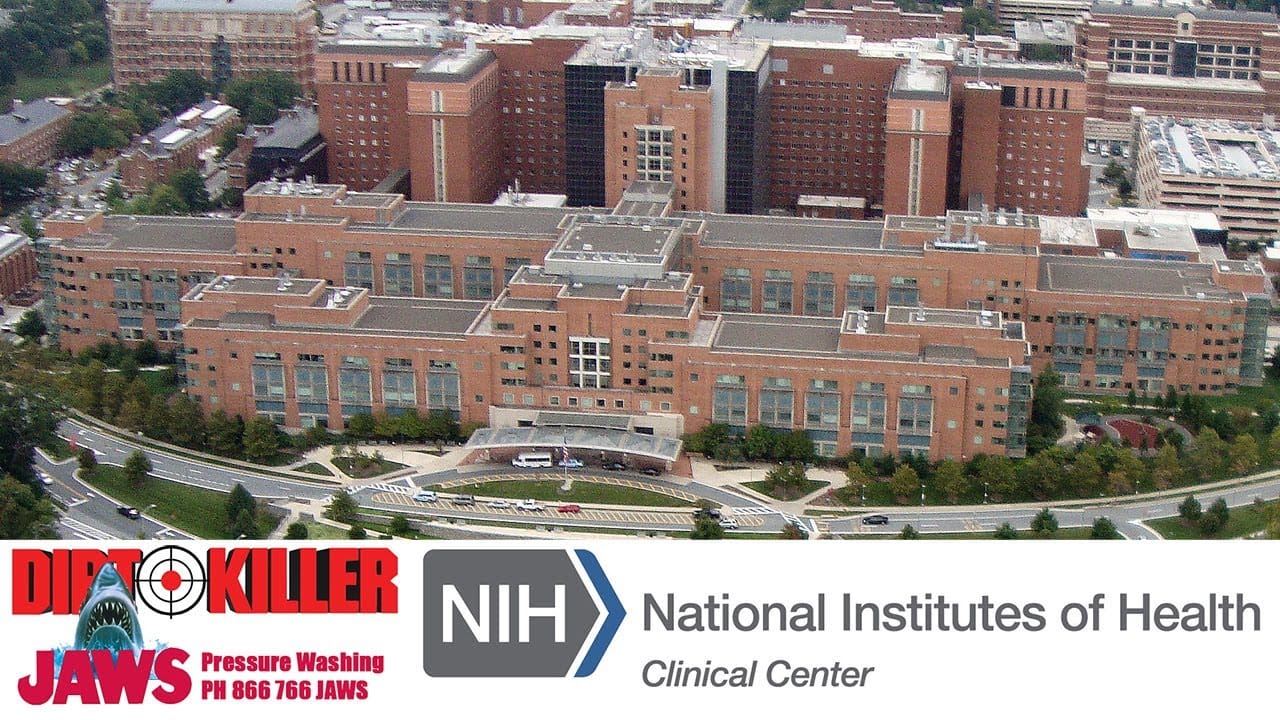In a stunning announcement that has sent shockwaves through the biomedical research community, the National Institutes of Health (NIH) has enacted a policy that immediately reduces the agency’s overall funding structure by billions of dollars. Specifically, the cuts target the “indirect costs” of research—a term referring to expenses that fund administrative support, infrastructure maintenance, and other overhead costs critical to sustaining research facilities.
The NIH allocates more than $35 billion annually in research funding, administering grants to thousands of universities, hospitals, and specialized research facilities across the United States. However, under the new guidelines, indirect costs will now be capped at 15% of the total funding awarded. Previously, this figure often exceeded 25% or more, depending on research institutions’ specific cost recovery needs and operational logistics.
For decades, indirect cost allocations have served as a backbone for biomedical research initiatives, covering everything from electricity bills in laboratories to hiring administrative personnel. By trimming this funding segment, institutions face a considerable gap in resources required for conducting groundbreaking research on diseases such as cancer, cardiovascular conditions, and other significant health challenges.
According to NIH spokespersons, the decision was made in alignment with broader federal cost-saving measures and was deemed necessary to maximize the amount of taxpayer dollars channeled into direct scientific discovery. “This change ensures critical resources are spent where they’re needed most—on direct research activities rather than administrative overhead,” an NIH statement emphasized.
However, researchers across the nation have expressed strong opposition, arguing the move jeopardizes academic institutions’ project execution abilities and affects long-term innovation. Universities and medical research facilities are typically non-profit entities reliant on such funds to sustain not only their scientific efforts but also their operational capacity over extended periods.
Johns Hopkins University and Stanford University, both recipients of substantial NIH research dollars, are already reevaluating budgets due to the announcement. Leaders within these institutions warn that operational shortcuts—such as hiring freezes, reduced laboratory hours, and abandoning collaborative research programs—are now likely outcomes.
Nonprofit funding advocates also raised the flag of concern. The Association of American Medical Colleges noted that this policy adjustment reduces the capability of U.S. researchers to remain competitive against international counterparts who receive proportionally higher public sector funding. Additionally, secondary repercussions are potentially widespread, with local economies adversely affected due to layoffs and decreased university spending on research-related suppliers.
Medical researchers attribute much of their ability to innovate to stable and predictable financial backing. “This funding cut is nothing short of disastrous,” remarked Dr. Lisa Emerson of the Harvard Medical Biotechnology Research Unit. “Stability in capital allocation sustains the foundation from which we identify new treatments. Cutting grants creates uncertainty, resulting in delays, abandoned projects, and lost talent.”
Financial analysts calculate that this new policy may save the federal government approximately $4 billion annually. The NIH suggests these funds could be diverted to future research competitions intended to fund specific disease-related initiatives but did not disclose further details.
Concerns among state healthcare administrators and medical research communities have prompted calls for the Biden administration to consult closely with stakeholders for refinement, if not outright reversal, of the policy. Approaching congressional Representatives were clear that bipartisan subcommittees responsible for NIH oversight should conduct regulatory reviews, hopefully hearing from affected facilities before compliance deadlines are forcefully upheld. Seasoned biomedical innovators were still actively advocating access known.



